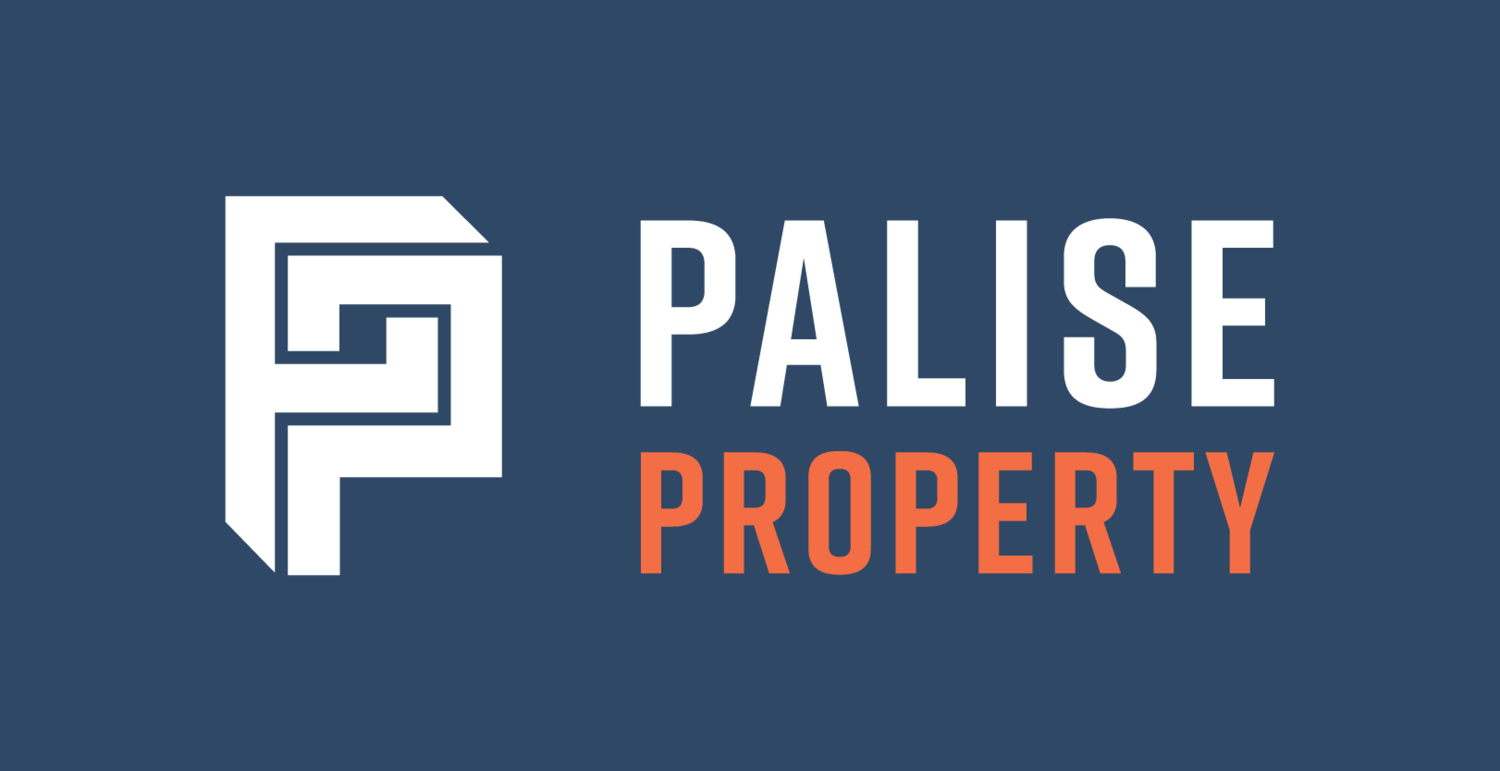Case Study: Why Investing in Commercial Property Generates more Cash Flow
When it comes to property investing, I believe cash flow is king. Essentially, cash flow is the money that comes in from rent minus the money you have to spend on property expenses like mortgage payments, insurance, taxes, and repairs.
Positive cash flow means that your rental property is bringing in more money than it costs to operate, giving you a tidy profit each month. On the other hand, negative cash flow means that your property is costing you money every month.
While some investors are willing to take on properties with negative cash flow in the hopes of future capital growth, most investors prefer to focus on properties that will generate positive cash flow from the start. Commercial properties are particularly known for their strong cash flow potential, making them a popular choice for savvy investors.
Let’s look at how cash flow is calculated in detail, using the example of a regional dental clinic that was bought as an investment.
The Details of Calculating Cash Flow for a Regional Dental Clinic
Based on the assumption that the property was purchased with an existing tenant, here are the figures for this case study:
What is the Return on Investment (ROI)?
Return on investment (ROI) is a measure used to evaluate the efficiency of an investment or to compare the efficiency of a number of investments. ROI directly measures the return on a particular
investment compared to its cost.
Let’s compare the ROI with the dental clinic when we have rental increases, which should equate to capital growth with an unchanged cap rate:
You can see that the ROI for the first year of the investment was 10.38% pre-tax – that is, the total pre-tax cash income for that year ($31,500) divided by the acquisition costs ($303,600). And, as you can see from the property value in the 'Equity’ row of the table, there was no capital growth in that year, so it’s not included in the calculation.
Over the five years, however, with 3% rental increases and 3% capital growth, the accumulation of the cash flow and the available equity means the dental clinic’s ROI becomes quite high. Having a 95.5% ROI pre-tax in five years is a great outcome and this will only be enhanced with lowered interest and cap rates.
What Would the ROI Be with Interest Rate Fluctuations?
The table below shows what the ROI will be with interest rate fluctuations and different loan-to-value ratios (LVRs). The LVR will be different if you use a larger deposit, pay cash, or leverage your purchase against another property. It’s possible to have a 100% LVR (i.e., you borrow 100% of the property’s price) if another property’s equity is being drawn on to finance the purchase.
You can see that at lower interest rates, borrowing more enables you to maximise the ROI on the cash flow. However, being highly leveraged has risks, if there are high interest rates, the ROI can
become negative. And if the property became vacant, there would be more of a financial stress on the owner in regards to cash flow.
With a high LVR such as 100% (using another property’s equity for the deposit), if there were a market drop in prices, this would put the owner into a negative equity position – which would mean if they sold, they would require funds to pay off the mortgage. It’s important to factor in your personal circumstances and risk appetite when deciding on which LVR to obtain.
If you would like to know more about LVR, I have an in-depth discussion on the topic in my book, Residential Property Investing Explained Simply.
What Happens to Your Cash Flow if You Decide to Pay Down the Principal Loan?
As you can see from the table below, when paying down a property, the yearly cash flow will increase as the interest repayments reduce each year:
In the eleventh year, the property will become debt free and the following year will have an unencumbered (free of debt) $92,000+ of yearly cash flow. In addition to this, the investor would have achieved significant capital growth.
Key Takeaways
While there are many different types of real estate investing, commercial property investing can offer some distinct advantages. As the case study shows, commercial properties can generate a significantly higher return on investment than residential properties.
Additionally, commercial properties tend to be much less volatile than residential properties, meaning that they can provide a steadier income stream.
So, I hope you've gained some insight into why you should consider adding a commercial property to your portfolio. But if you would like to learn more about how I’ve helped thousands of investors successfully acquire commercial properties, get in touch today.




